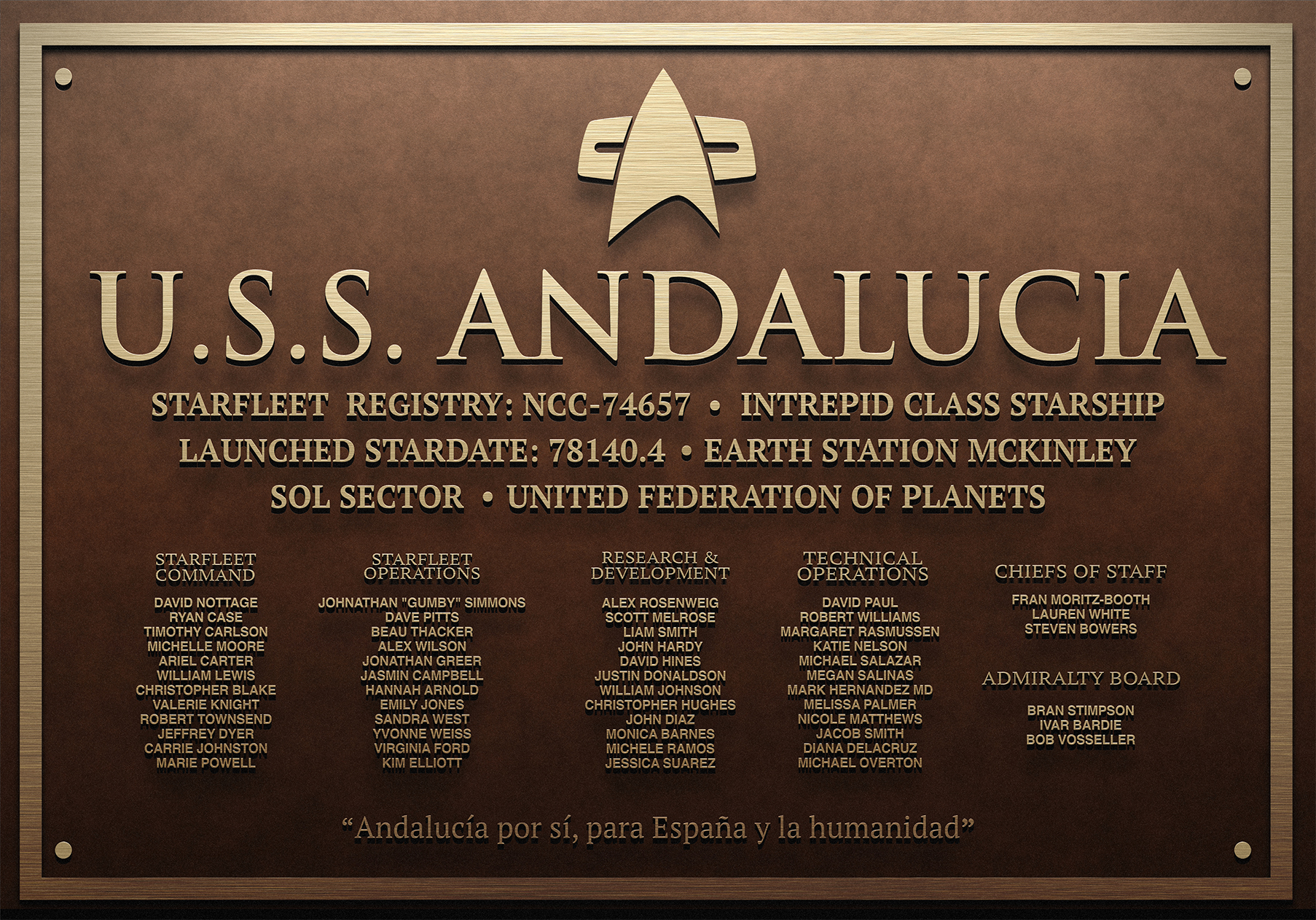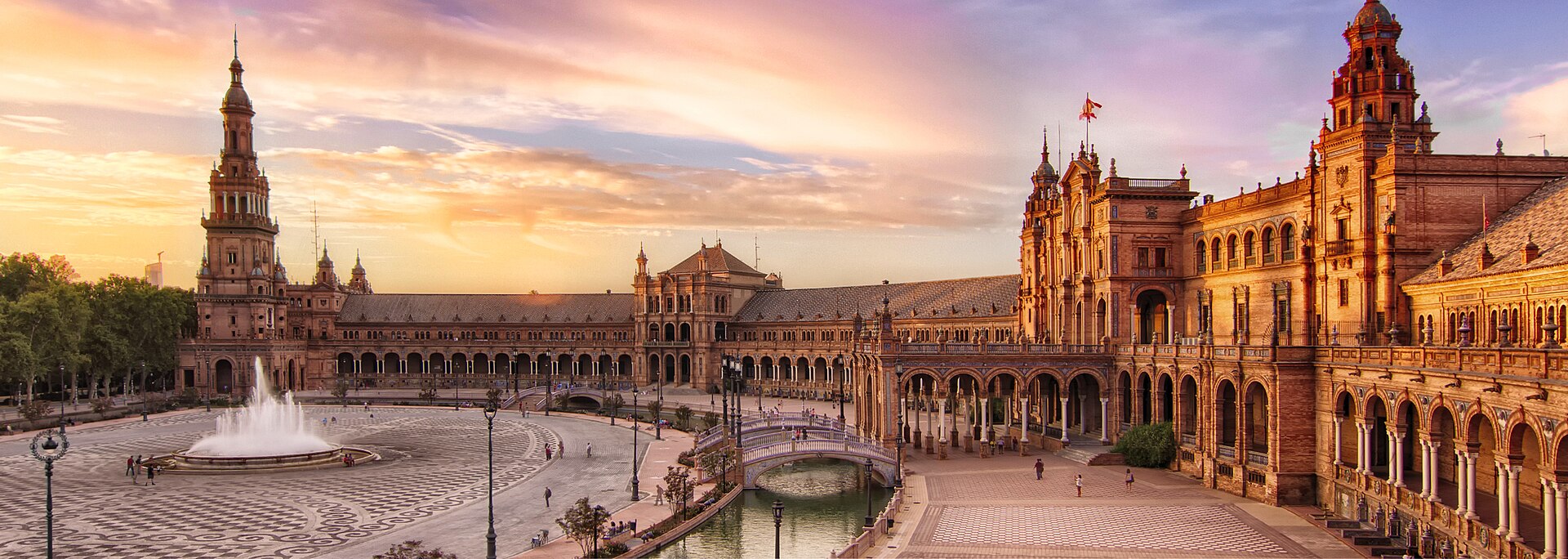Andalusia, located in the southern part of Spain, has a history that is very rich and intricate which shows how various cultures and civilizations have influenced it over time. Its strategic position between Europe and Africa as well as its access to both the Mediterranean Sea and the Atlantic Ocean have made it a hotly contested region throughout history.
Prehistoric Period
Andalucía’s story starts in prehistoric times. The area is home to some of Europe’s oldest human remains like those found in Neanderthal sites around Gibraltar. The cave paintings at Cueva de la Pileta, for example, are Paleolithic works of art that mark some of the earliest human art.
Ancient Civilizations
Phoenicians were among the first ancient maritime civilizations from the eastern Mediterranean to establish colonies in Andalucía around 1100 BC. They established their settlements along coasts such as Gadir (modern-day Cadiz) one of the continuously inhabited old cities in Western Europe.
The Greeks also colonized here but after the fall of Phoenician cities, it was Carthaginians who took over control. However, they were later expelled by the Romans during the Punic Wars.
Roman Andalucía
During Roman rule, Andalusia flourished. It was known as Baetica renowned for its olive oil, wine, and garum(a type of fish sauce). This region had great cities like Italica where emperors Trajan and Hadrian were born contributing greatly to Roman culture and politics.
Islamic Period
The Islamic period began in 711 AD when Moorish armies from North Africa conquered the Visigothic Kingdom of Hispania within a few years. Under different Islamic dynasties, Andalucía became a center for knowledge and culture in the medieval world. Córdoba capital city Umayyad caliphate Of Córdoba was among the most populous and cultured places worldwide with fame for its library, the Great Mosque Of Cordoba, and as a center of learning.
Reconquista and Christian Rule
The process of the Christian Reconquista gradually pushed the Moorish kingdoms southwards until 1492, when Ferdinand and Isabella conquered the Nasrid Kingdom of Granada. This event was the end of Muslim rule in the Iberian Peninsula and the beginning of unified Christian Spain.
Modern Era
Andalusia’s economy has had its ups and downs over the centuries making significant contributions to the Spanish Empire, especially during the discovery and colonization of the Americas. Seville and Cadiz were key ports for Spanish treasure fleets. Nonetheless, it also went through periods of economic depression particularly in the 19th Century and early 20th Century.
During the twentieth century, Andalucía experienced both the Spanish Civil War and the Franco dictatorship that left deep marks on it. In the post-Franco period, Andalucía accepted its history as well as culture thus becoming a prominent tourist region within Spain with a strong presence in the agriculture industry and renewable energy where it celebrates its rich past which has been influenced by many different cultures.






0 Comments